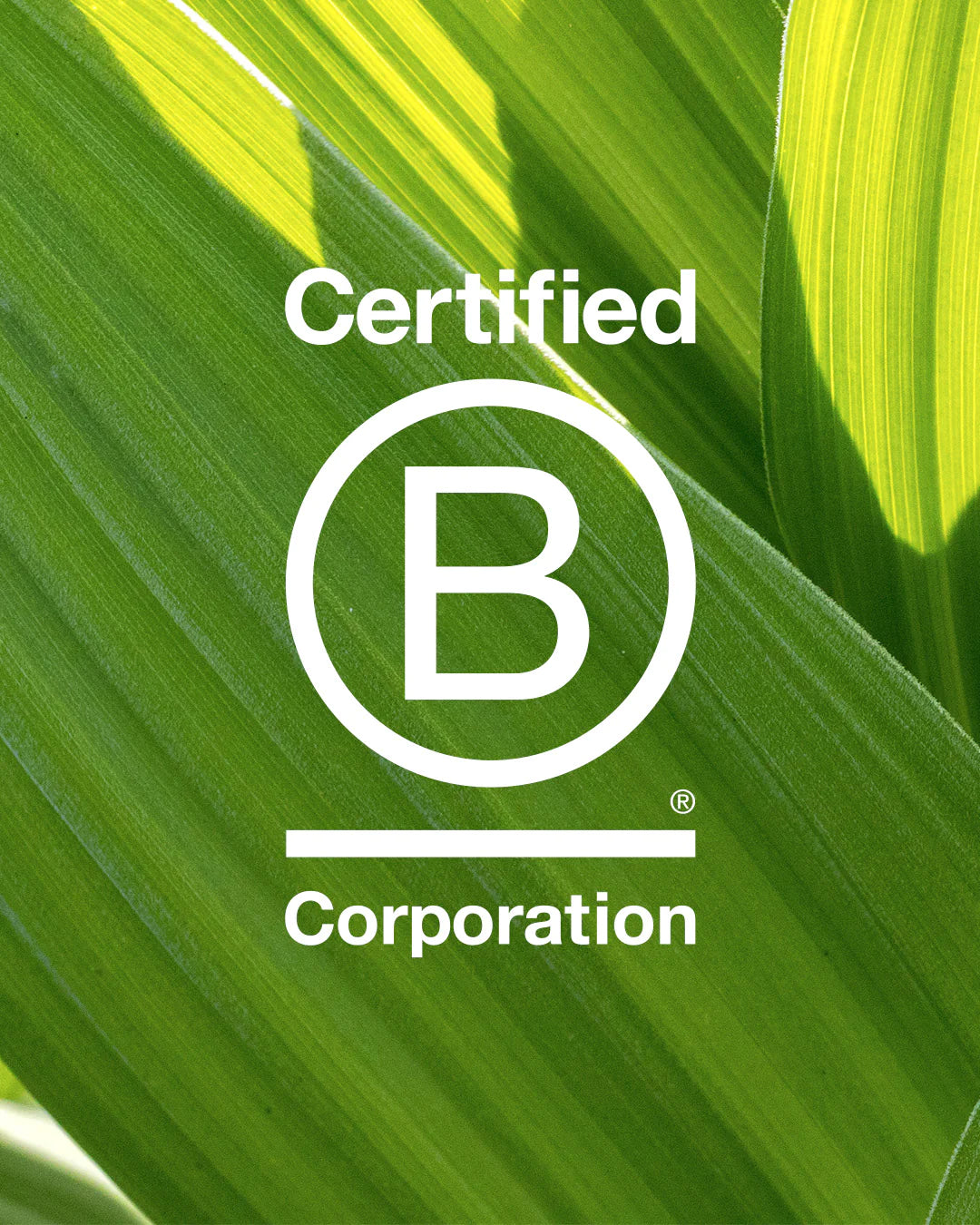What does practicing mindfulness mean to you? Is it sitting quietly for a couple of minutes, taking the time to feel the breeze on your cheek, or slipping off your shoes and bringing all of your attention to how the ground feels beneath your toes? Or diligently meditating for at least 10 minutes, switching off your mind and washing away the chaos running riot inside your head?
However you choose to be mindful, the process of reconnecting to your breath and senses as you actively clear your thoughts can allow you to recognise what your mind is trying to focus on, and scale back the intensity of how you feel about it. By giving yourself this clarity and distance, you are able to view what worried you with a clearer perspective and a calmer mind.
When you sit in the silence of the moment, it is far easier to experience the magnitude of stress that our excessive thinking puts on our bodies.
Three-minute practice: Rebooting your mind
Before you read any further, I want you to take three minutes to try it for yourself.
Think of your mind as a laptop. If you’re anything like me, you’ve got multiple programs, files and documents open. After a while, everything is not only running slower – it’s also becoming a bit of a mess.
In this practice, you’re going to close each of these programs or thoughts down. And once your mind is clear, you’ll only reopen the thoughts you REALLY need.
Close your eyes, inhale for 5 seconds, then slowly exhale for 10 seconds. Repeat three times. Then sit absolutely still for at least two minutes, concentrating only on your breath and the sounds you can hear around you. Once you open your eyes, notice how you feel.
I call this “rebooting”, and I do this exercise multiple times throughout the day. It helps me reduce overwhelming feelings and prioritise my focus. Most importantly, it helps me clarify if I am wasting time thinking about things I cannot predict, control or change.
More ways to be mindful
Often when people are doing something creative or active, such as cooking or playing music, they’re able to experience a disconnection from the busyness of their mind. This physical or creative practice can also leave you feeling more calm, clear and inspired.
Learning to think and feel through the senses is a remarkably simple and straightforward approach to slowing the mind. This one of the most effective ways to learn to be present in your life, calm your overactive mind, and use the clarity of distance that a moment’s pause can give you to reconnect.
blog-16-supporting-img-623x313-v3
The benefits of mindfulness
People often use different mindfulness techniques to deal with stress, anxiety, or even insomnia. These practices are hugely beneficial for anyone caught in up in the stress and strain of modern-day living.
And those ‘aha’ moments we rely on for inspiration or problem-solving don’t come when we overthink something. They almost always appear when you’ve let go a little and are in a completely different headspace.
Think of the times when your best ideas have come to you while you’re in the shower, on holiday, or watching a movie. A daily Mindful Practice is also a wonderful way of bringing more clarity, insight and awareness to your life – along with more of those ‘aha’ moments.
Practicing mindfulness daily
There are two important aspects to consider when we explore the concept of mindfulness. First is the daily and consistent practice of moving out of your head and back into your body. This about letting go of your thoughts, and giving all of your attention to the sensations in your body, your breath, and the stillness of your mind. Then and only then are we able to distance ourselves from the freight train of thoughts our brains are hardwired to create.
The second and even more powerful aspect of practising mindfulness is being able to do it when you’re in the midst of your busy life, and not just in the sanctuary of your dedicated practice space. This is when you’re able to actively stop and reflect on what you’re thinking about, explore why you’re thinking about it and whether it’s having a positive impact on you, and then – as an act of will – change your thoughts to better serve you.
The key is to start small and do what you can – and most importantly, define your intention for getting started. We often reactively move into doing or trying something and yet fail to set a clear objective or goal around, making it far too easy to let ourselves of the hook for not seeing it though. Be clear and honest with yourself about what you’re really committed to – and write it down.
Over the next month, we invite you to cast aside any scepticism and openly explore how being more mindful can vastly improve your quality of life.
Explore the Jurlique Mindfulness Challenge for tips, tools and a step-by-step plan for transitioning from mindful-mess to mindfulness. Download the Jurlique X Vashti Whitfield Mindfulness Challenge here







